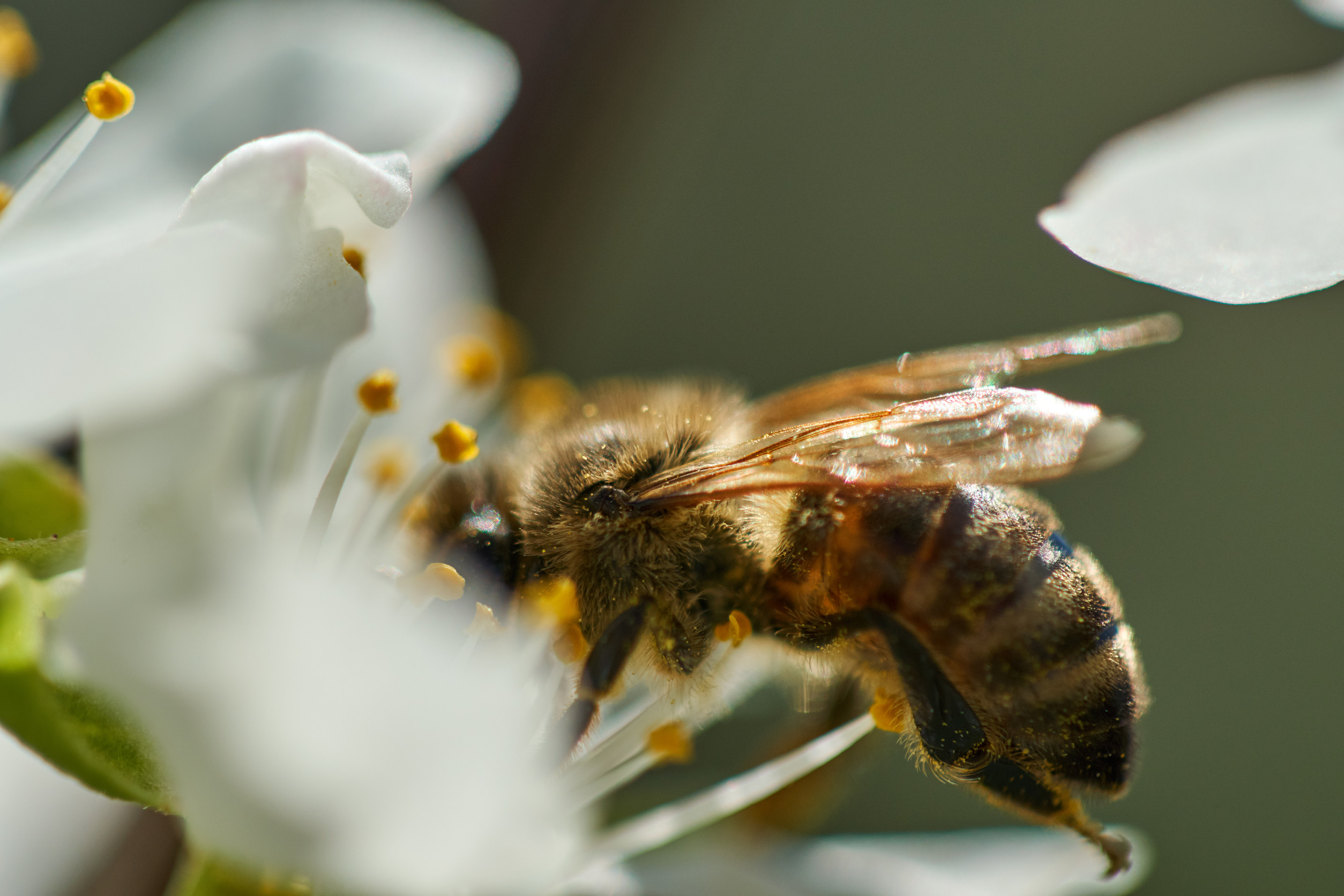Despite the brown color of London’s River Thames, marine biologists are happy to report that the river is actually healthier than people think.
In the 1950s, researchers had proclaimed the river “biologically dead,” but these days, the stable seal population suggests that the river is thriving.
Researchers from the Zoological Society of London (ZSL) have been counting seals every year since 2013 (except for 2020) and reported the presence of 2,866 grey seals and 797 harbor seals after pupping season.
Even though 932 harbor seals and 3,243 grey seals were counted in 2019, marine biologists say that the numbers suggest that the seal population is relatively stable, which is a strong indication of water quality and reliable stocks of fish.
To get the most accurate count, photographs are captured from a light aircraft of different haul-out spots in the Thames Estuary over a three-day period. Researchers then compare the seals from these images.
Like grizzly bears, seals are an umbrella species, making them “a great indicator of ecological health,” conservation biologist Thea Cox tells the BBC. “They tell us how the Thames is doing.”
“People think the Thames is dead because it is brown, but the Thames is full of life—the water quality has improved so much,” Cox adds.
Seals are a protected species, but despite this, they still face threats like disease, marine litter, abandoned fishing gear, and ship traffic. They are also particularly vulnerable when having their pups, due to curious passersby, loose pets, and those engaged in water activities like canoeists and kayakers.











